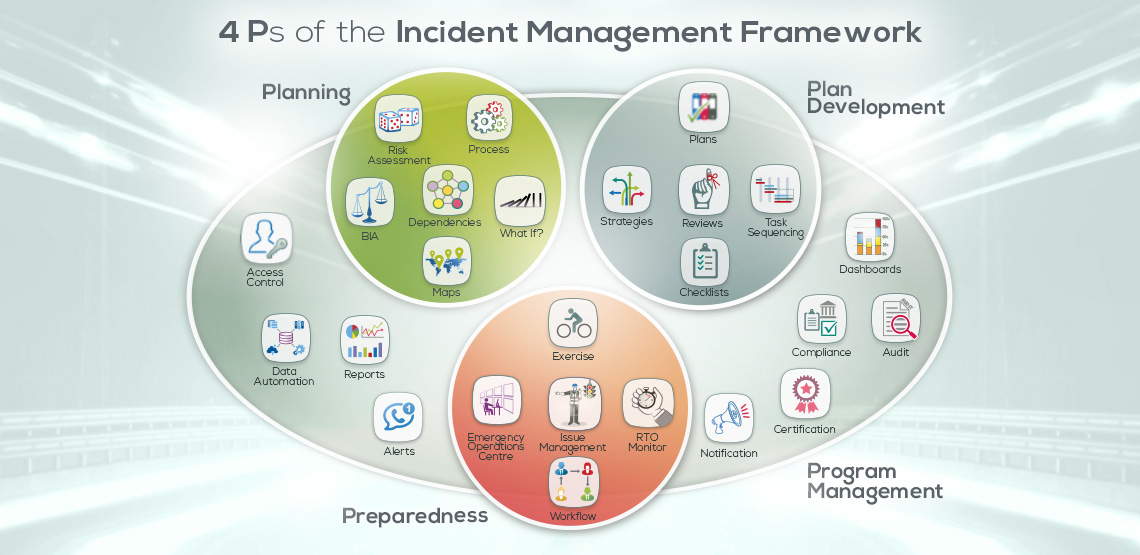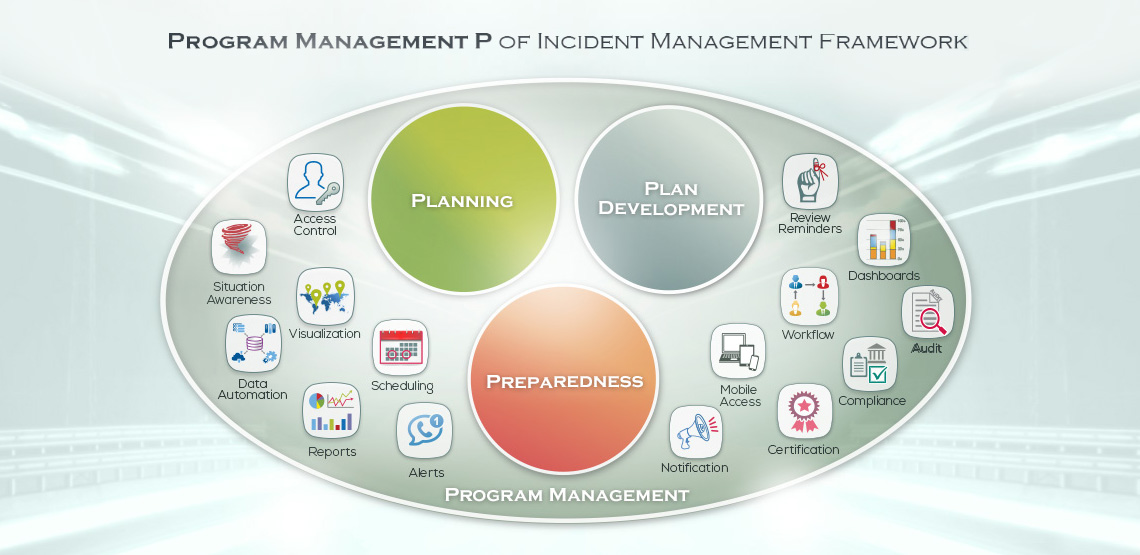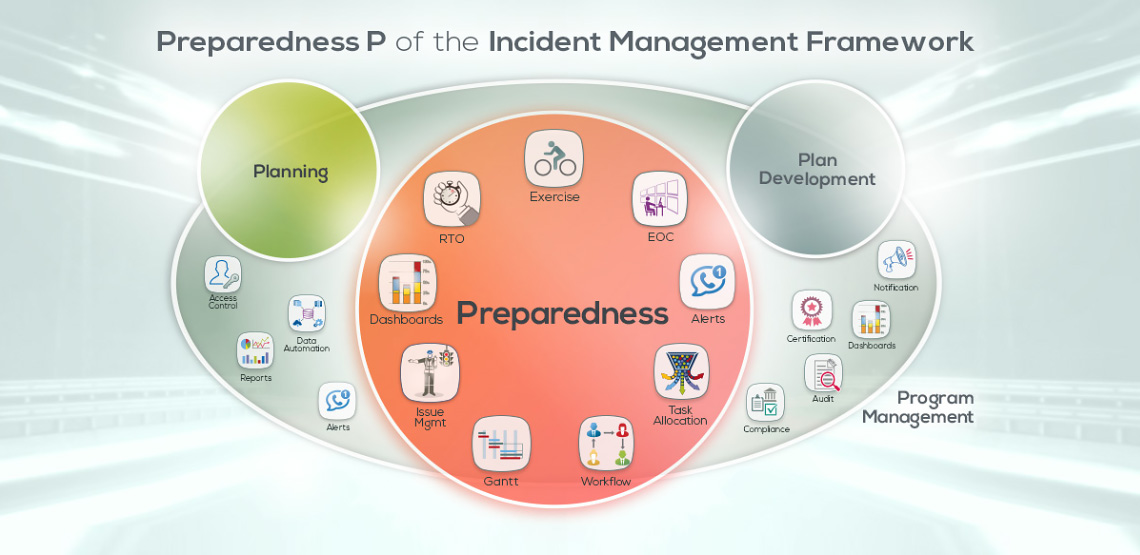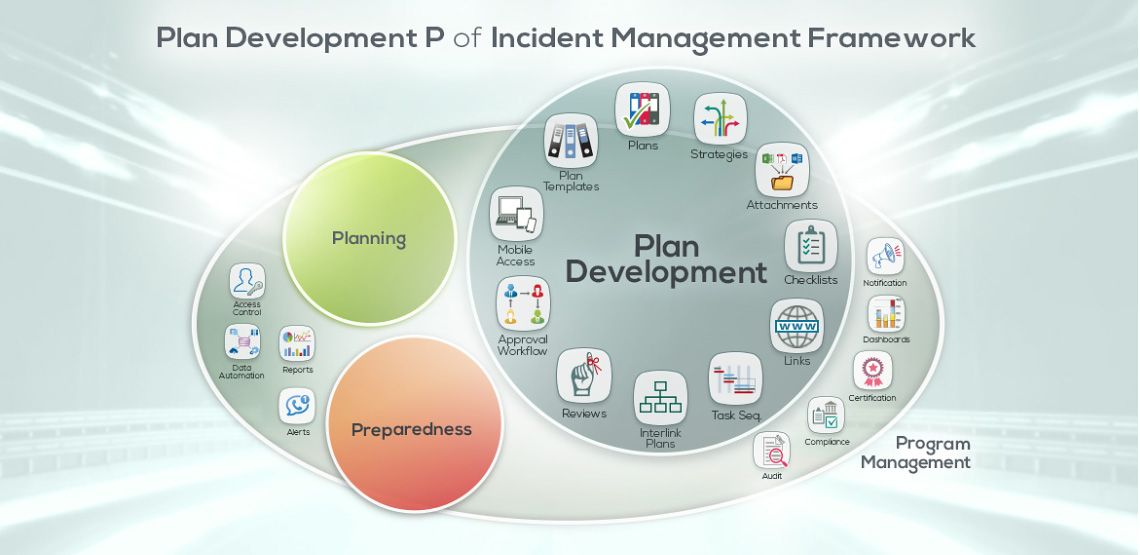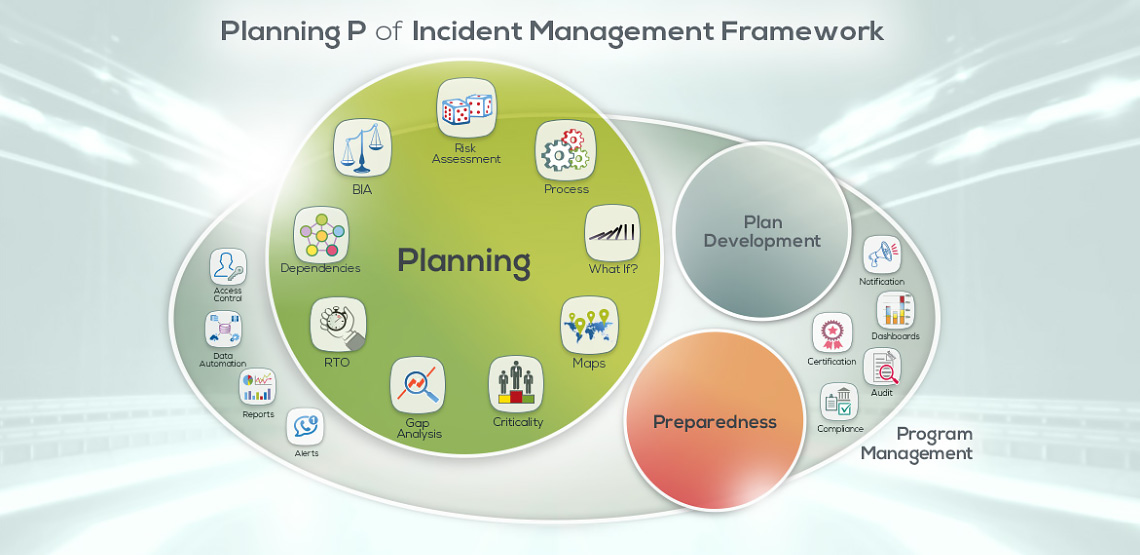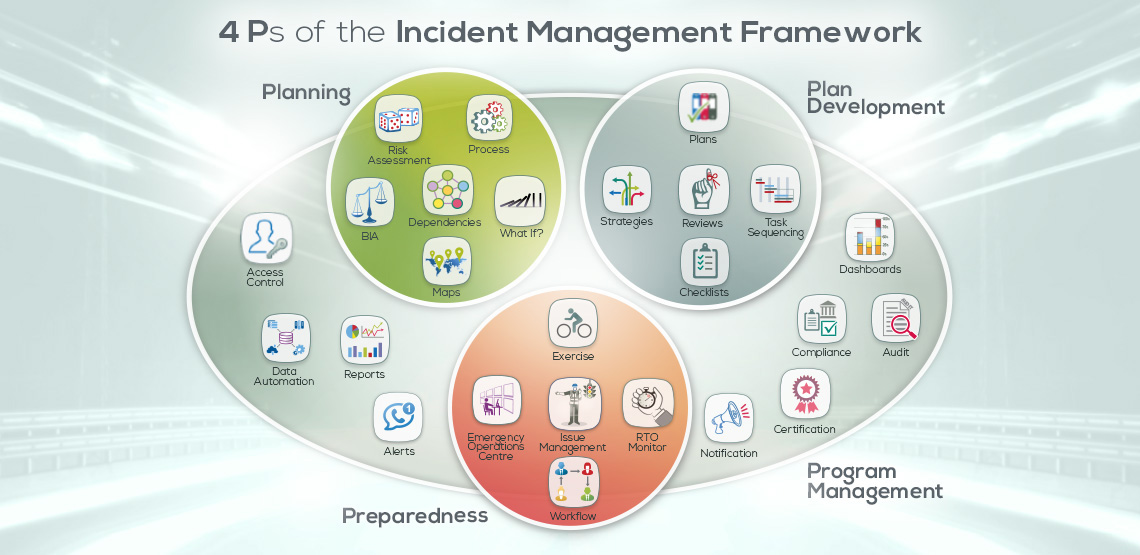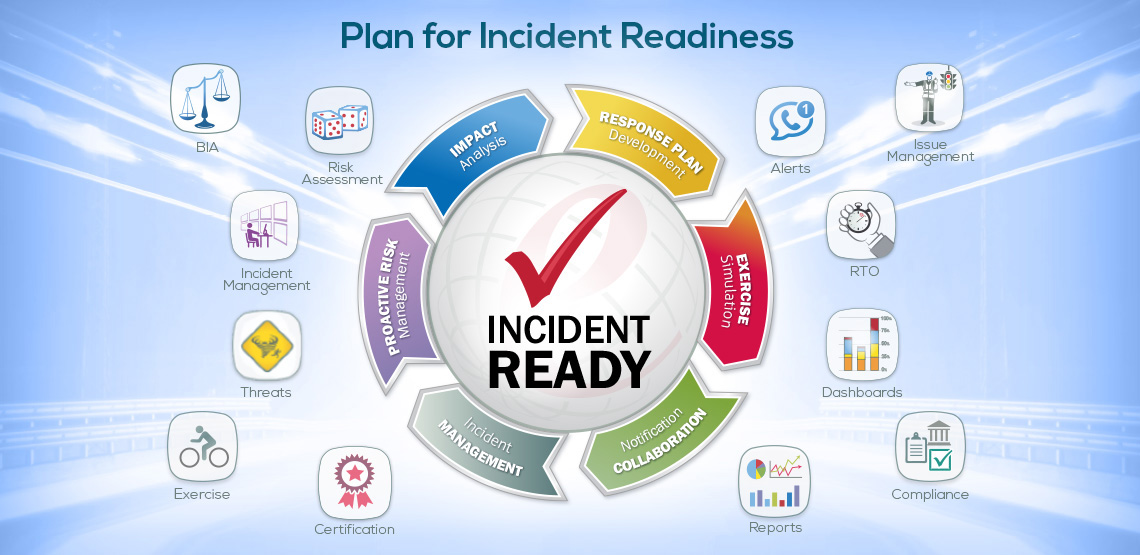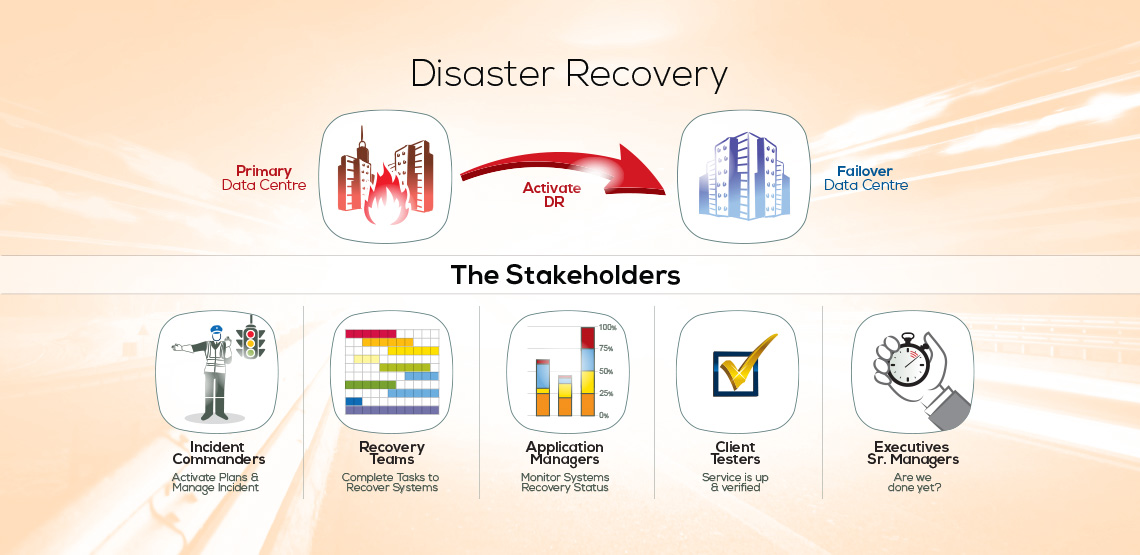Author: Ramesh Warrier
eBRP Founder and Chief Designer of eBRP Suite, Ramesh is a proponent of constant change, a visionary who believes that the practice of Business Continuity can deliver improved operational efficiency. Ramesh, B.Tech in Electrical Engineering, has nearly 30 years experience in Business & Technology roles. His thoughts are expressed in blogs, white-papers, frequent webcasts and speaking engagements at industry conferences.
Program Management P of an Incident Management Framework
This is the final installment of our 5 part blog series exploring the value of an Incident Management Framework within a Business Continuity Management program. This installment – the 4th P – focuses on Program Management: Building an effective Enterprise-wide Business Continuity program requires much more than BIAs and some…
Preparedness P of Incident Management Framework
Previously, this series focused on Planning & Plan Development- the first 2 of the 4Ps of the Incident Management Framework-. This blog explores the 3rd P: Preparedness. Planning enables Plan development. Plans should help carry out those strategies in response to outages. But Plans should not be the end-state of…
Plan Development P of Incident Management Framework
(This is Part 3 of a multi-part blog examining the “4Ps” of Incident Management Framework) The previous blog in this series focused on Planning. One of Planning’s critical outcomes should be identification of critical products and services – and what strategies are likely to successfully restore or resume each service.…
Planning P of Incident Management Framework
(This is Part 2 of a multi-part blog examining the “4Ps” of Incident Management Framework) Before creating Business Continuity plans, an important Planning process must occur. This Planning process helps identify criticalities (ranking or tiers – including dependencies) and impacts on Reputation, Customers and Regulatory requirements. Planning results should also…
Aim for Effective Incident Response, Not Just Disaster Recovery
Business disruptions that can’t be contained using Standard Operating Procedures (SOP’s) can be classified as Incidents. An Incident may cause Disaster Recovery and/or Business Continuity Plans to be invoked. Those invoked activities are an Incident Response. Think of Incident Response in three distinct parts: Activation. Knowing which Plans to invoke…
4 Ps of the Incident Management Framework
Plans should not be the only goal of Business Continuity Management (BCM) programs. The true end-state of BCM should be to assure that your organization can successfully manage its response to any disruption, the goal of Incident Management. An Incident Management focus has 4 components: Planning – More than just…
Plans are only as Good as the Confidence they Deliver
2017: The airline industry has gotten publicity lately – for reasons they’d rather have avoided: United Airlines forcibly removed a passenger due to overbooking. The resulting furor saw their stock plunge more than 4%. Delta’s 5-hour outage resulted in the 300 cancelled flights and cost of $150 million. British Airways’…
DR Program: 5 Stakeholders
Participating as an observer in an annual DR Exercise, we learned quite a few things that are never the subject of discussions at any industry conferences. The objective of the DR exercise included restoring Tier 0 & Tier 1 applications (60 Applications) involving 300+ Servers including Unix, Linux, Wintel, Mainframe,…
Data Breach: Initial Incident Response
Industry research shows that 70% of respondents believe Cyber threats are most likely to disrupt businesses. Whether it is data breach, denial of service or ransomware, these attacks are on the rise. Ransomware in 2016 has cost the industry more than $350 million. Unlike other business disruptions, cyber threats are…

